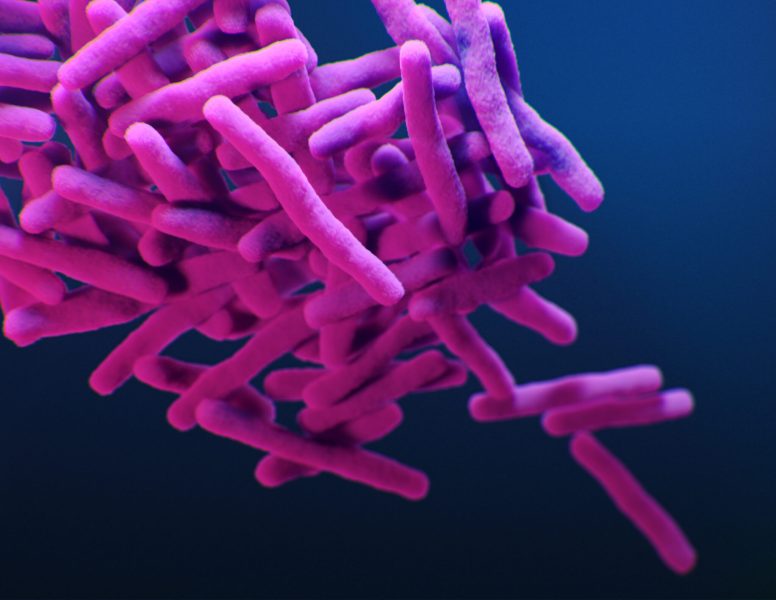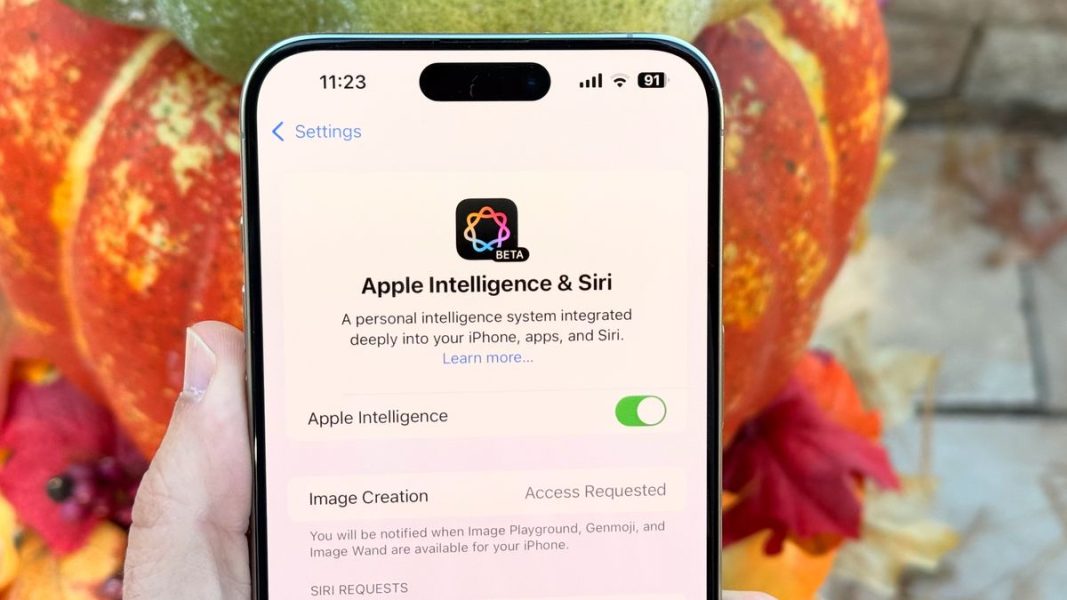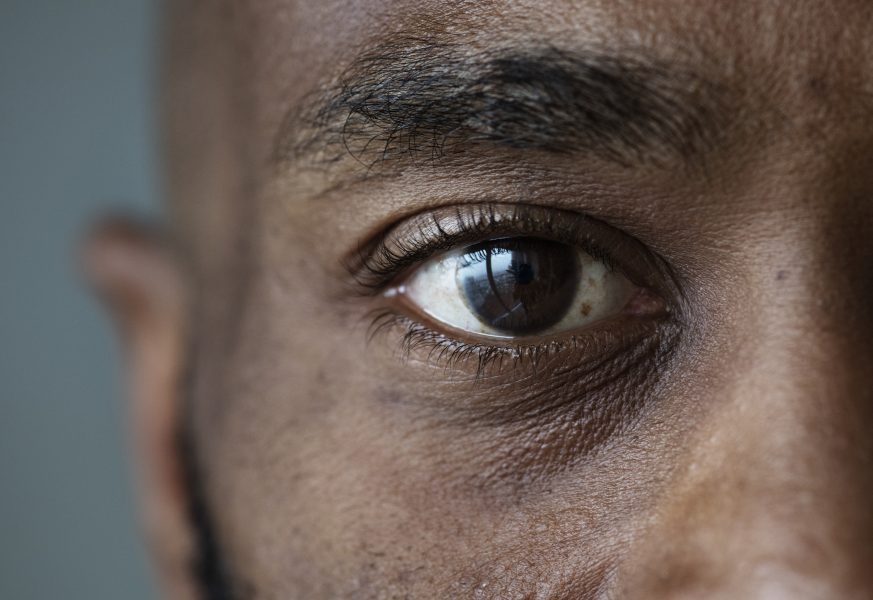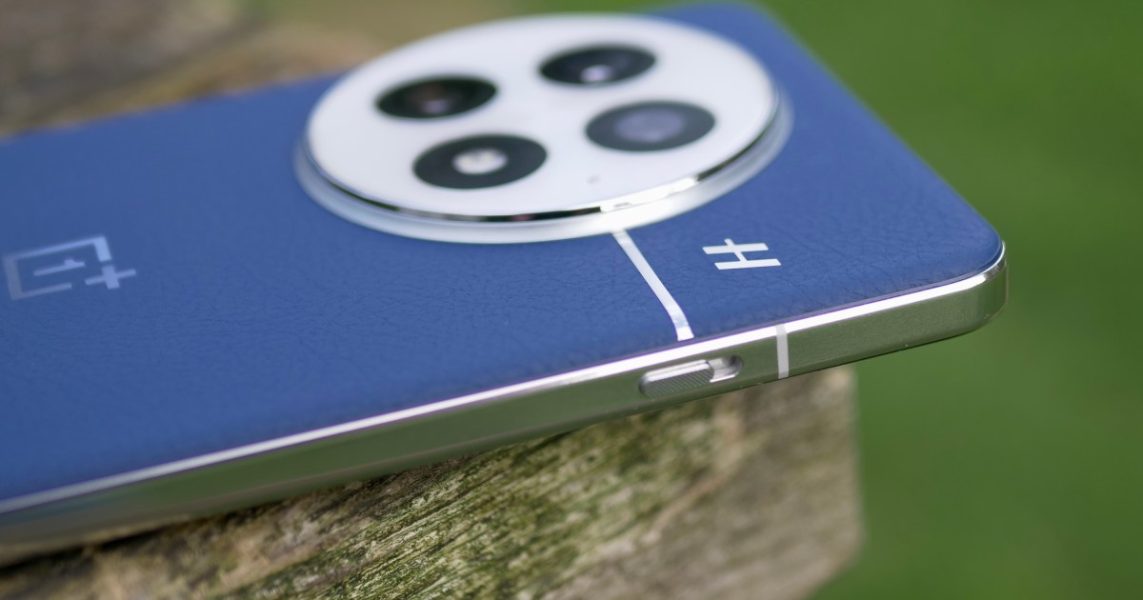Two males give birth to child in incredible science experiment; the baby is now an adult | Mint – Mint
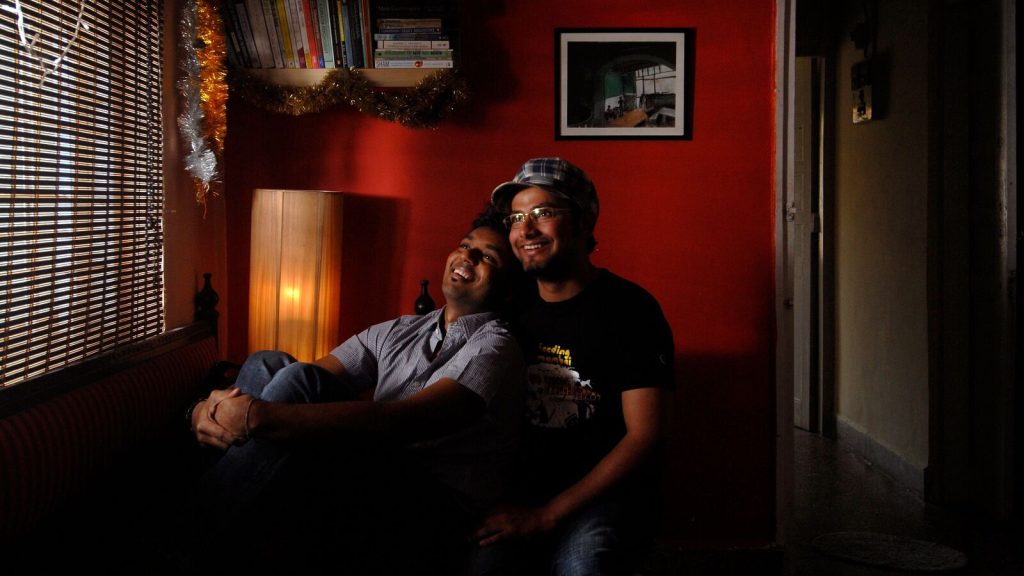
Scientists have come up with a groundbreaking discovery in the latest study which paves the way for two men to have an offspring without a biological mother. The genetic engineering experiment involved a mouse, produced without a mother, that survived until puberty.Previously, scientists used genetic material from two mothers to produce a mouse without sperm, which is a simpler process compared to reproducing children with two sperms. Molecular biologist Zhi Kun Li led the landmark research using precise stem cell engineering. Although scientists have previously created a mouse with two fathers but this time it is notable for the longer timespan and superior health that the reproduced mouse exhibited.The experiment was conducted at Chinese Academy of Sciences (CAS). This marks a significant achievement as it opens the possibilities for homosexual couples to have children. Something which seemed impossible until now, scientists will be able to reproduce a child using two sperms via genetic engineering.This milestone comes after several disappointments to generate eggs from male stem cells. For a child to be born without a biological mother, surrogacy serves as an option, but this comes with its own set of challenges. The process of embryo creation using only sperm cells is extremely difficult as these cells are highly specialised. Hence, an embryonic stem cell was created to make a new embryo.Li and his colleagues used a combination of genetic engineering techniques for gene imprinting, including gene deletion, region editing, and the addition or removal of genetic base pairs.This recent research made a breakthrough in the survival span of the mice, produced using genetic modification. It exhibited superior health when compared with similar animals and displayed no apparent health issues. However, it carried various disorders was infertile.In this study, it is noteworthy that half of the mouse siblings did not survive to adulthood, and about 90 percent of the embryos were not viable. The success rate needs significant improvement before this technology can be considered for human application.Catch all the Business News, Market News, Breaking News Events and Latest News Updates on Live Mint. Download The Mint News App to get Daily Market Updates.Download the Mint app and read premium storiesLog in to our website to save your bookmarks. It’ll just take a moment.

